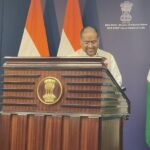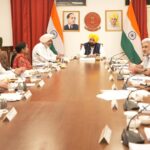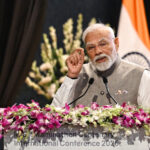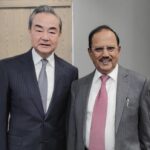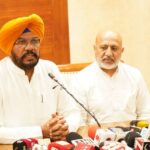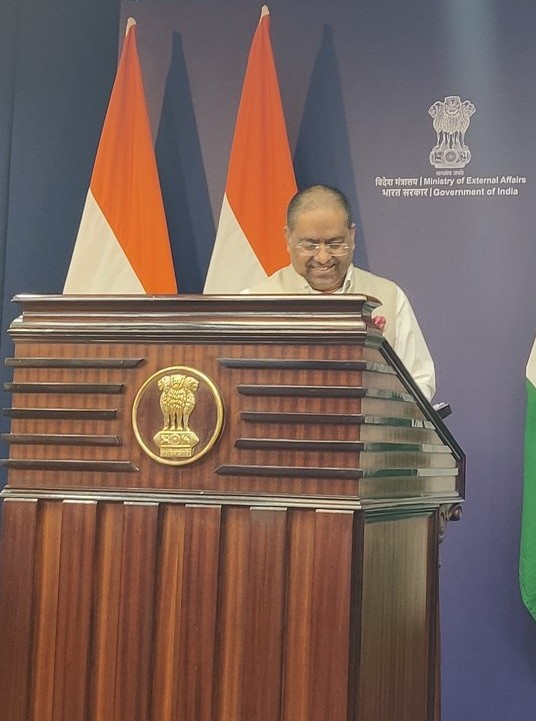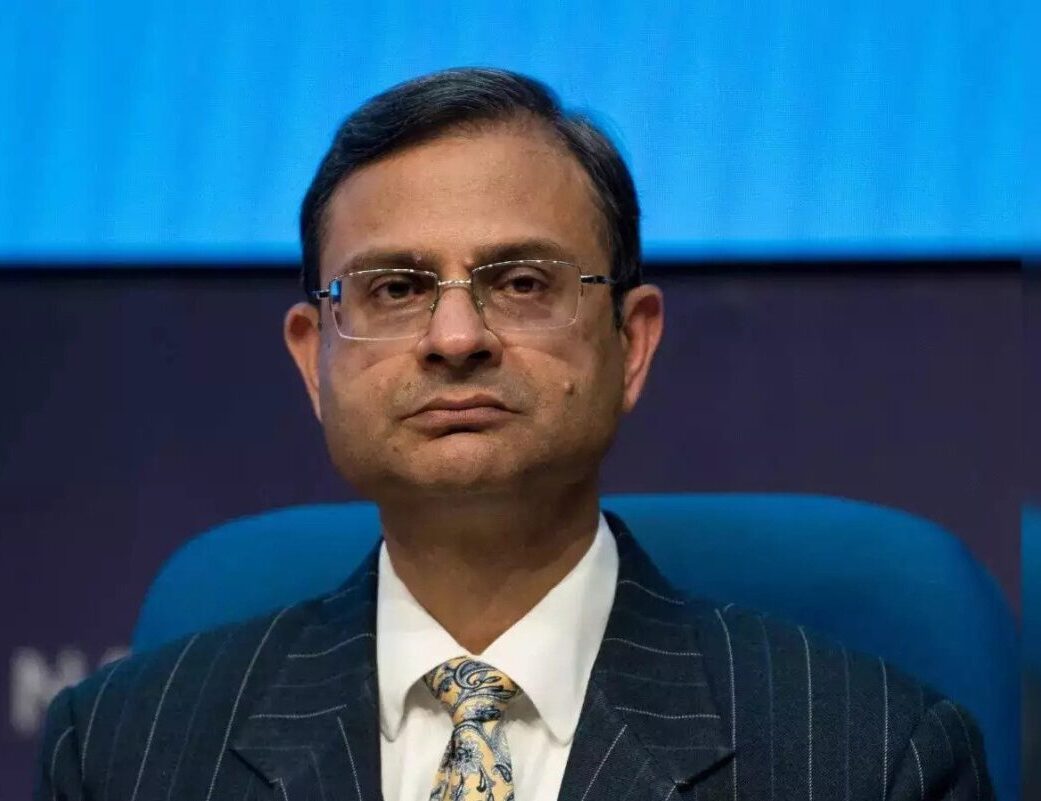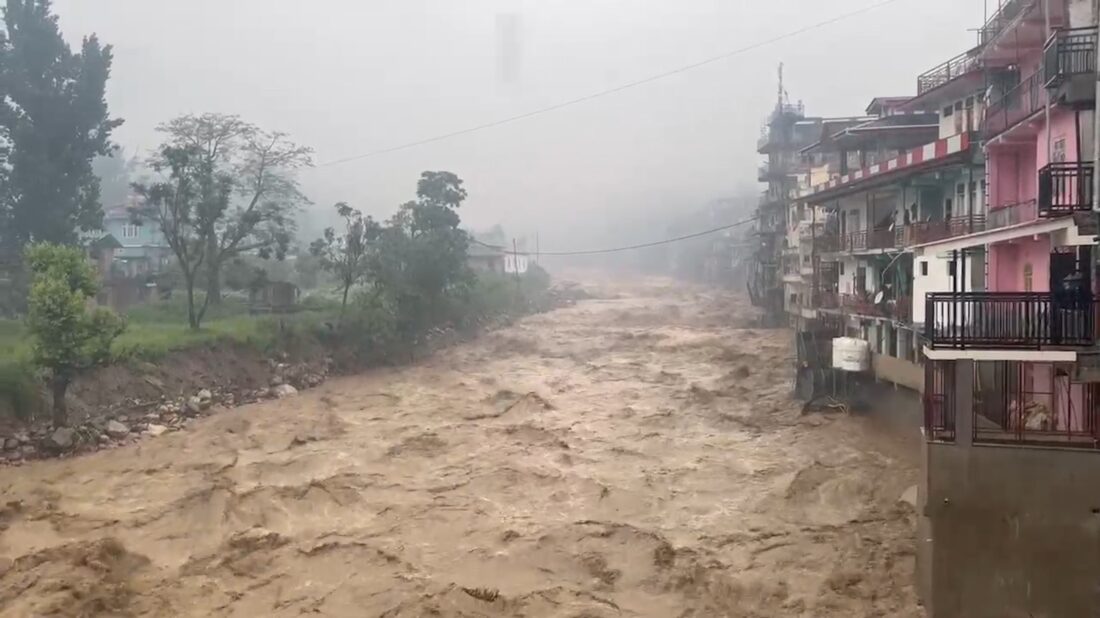North News
New Delhi, February 1
Finance Minister Nirmala Sitharaman on Saturday presented the Union Budget 2025, unveiling measures aimed at providing relief to cancer and rare disease patients, offering significant tax cuts, and enhancing agricultural support.
In a major step for healthcare, Sitharaman announced the addition of 36 life-saving drugs to the list of medicines fully exempt from basic customs duties. “To provide relief to patients, especially those suffering from cancer and rare diseases, I propose these drugs be fully exempted from customs duties,” she said.
Additionally, Sitharaman announced the establishment of 200 daycare cancer centres in district hospitals by 2025-26, with more centres planned in the future.
On the tax front, Sitharaman raised the income tax exemption limit to ₹12 lakh, providing relief to middle-class taxpayers. She emphasized the government’s efforts to reduce the tax burden over time, making it easier for individuals to save, invest, and boost consumption.
The Finance Minister also doubled the tax deduction limit for senior citizens on interest income from ₹50,000 to ₹1 lakh. The annual TDS limit on rent was increased from ₹2.4 lakh to ₹6 lakh, and the threshold for tax collection on remittances under the RBI’s Liberalized Remittance Scheme was raised from ₹7 lakh to ₹10 lakh.
For technological research, 10,000 fellowships will be granted under the PM Research Fellowship scheme over the next five years, with ₹20,000 crore allocated for a private-sector-driven R&D initiative.
For agriculture, the Kisan Credit Card (KCC) loan limit was increased from ₹3 lakh to ₹5 lakh, benefiting 7.7 crore farmers, fishermen, and dairy farmers. The government will also establish a 12.7 lakh metric ton urea plant in Namrup, Assam, and enhance support for 1.7 crore farmers under the Prime Minister Dhan Dhanya Krishi Yojana.
Sitharaman reaffirmed India’s robust economic growth, underscoring a decade of structural reforms and a vision for “Sabka Vikas.”


